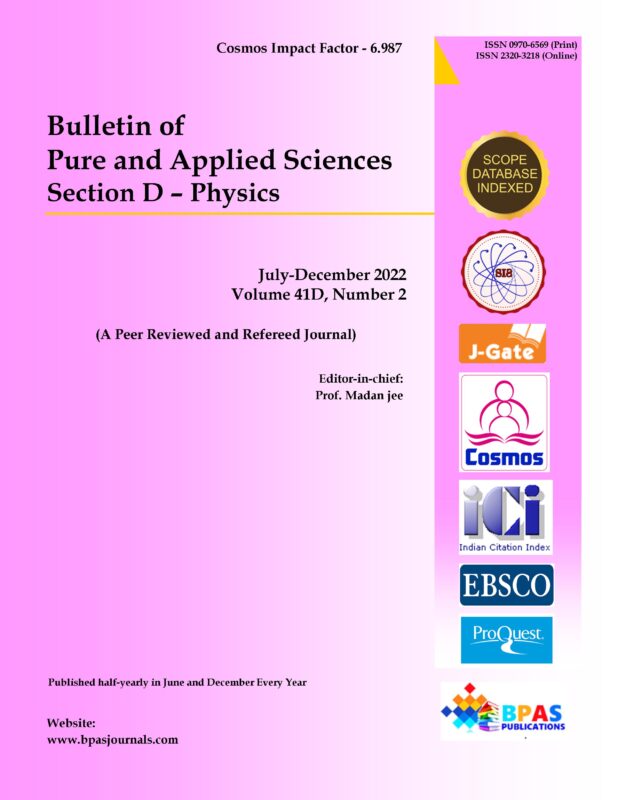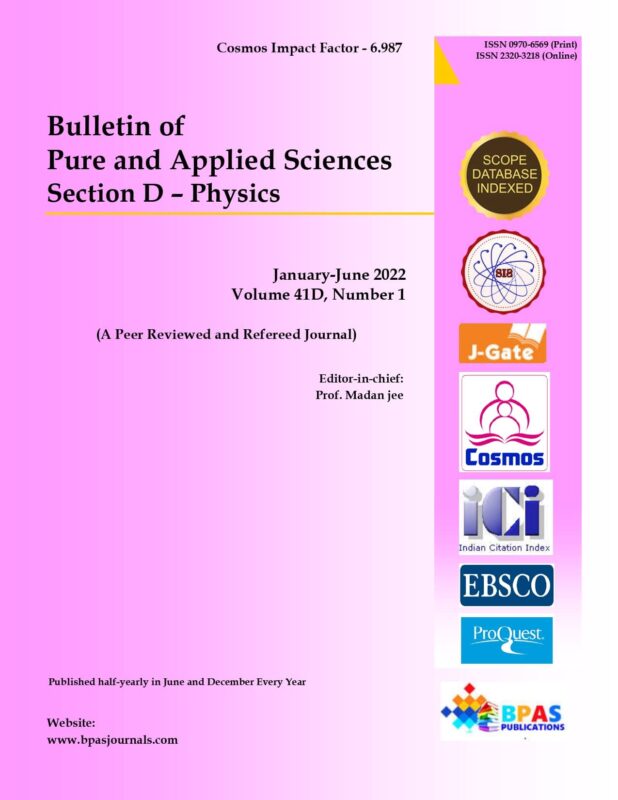On Some Ground State and Finite Temperature Properties of Mixed-Valence Compounds Induced by Next to Next-Nearest-Neighbor (NNNN) Hopping
9.38$
1Piyali Ghosh, 2Nanda Kumar Ghosh*
Bulletin of Pure and Applied Science
Physics, Vol.41D No.2,
July-December 2022 P.59-64
DOI: 10.5958/2320-3218.2022.00011.2
Original Research Article
Description
On Some Ground State and Finite Temperature Properties of Mixed-Valence Compounds Induced by Next to Next-Nearest-Neighbor (NNNN) Hopping
1Piyali Ghosh, 2Nanda Kumar Ghosh*
Author’s Affiliations:
1,2Department of Physics, University of Kalyani, Kalyani-741235, West Bengal, India
*Corresponding author:
Nanda Kumar Ghosh
Department of Physics, University of Kalyani, Kalyani-741235, West Bengal, India
E-mail: nkg@klyuniv.ac.in
How to cite this article: Ghosh P., Ghosh N.K. (2022). On Some Ground State and Finite Temperature Properties of Mixed-Valence Compounds Induced by Next to Next-Nearest-Neighbor (NNNN) Hopping. Bulletin of Pure and Applied Sciences- Physics, 41D (2), 59-64.
Received on 08.05.2022
Revised on 01.09.2022
Accepted on 29.10.2022
Published on 15.12.2022




